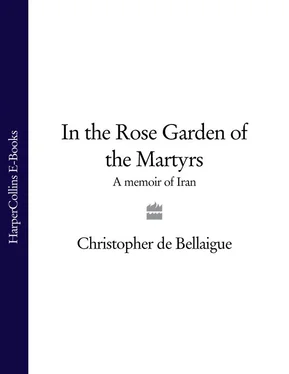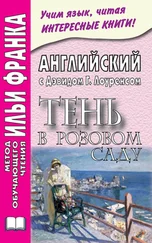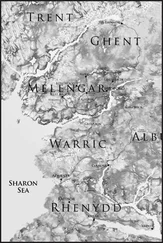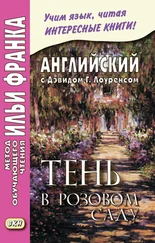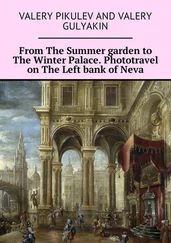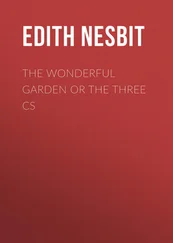Scholars in the seminaries learned to understand and interpret Islamic law – through logic, grammar and rhetoric. They learned the relationship between Islamic law and their sources, the sayings and traditions of the Prophet Muhammad and the twelve Imams. They were taught a set of systematic principles for deriving one from the other, called jurisprudence. In time, senior mullahs started issuing new and comprehensive compilations of the sources.
Islam has no sacrament requiring ordained ministers; there is, strictly speaking, no ‘clergy’ – certainly not in the sense of a homogeneous group of professionals whose job is to mediate between people and God. In the Safavid period, however, Iran gained a clergy in all but name, and it became a social and political institution. Experienced mullahs were sent to the provinces as judges, dispensing Islamic law. They administered wealthy religious foundations. They systematized the collection of religious taxes that entered their own coffers. They became the state’s spiritual backer.
The expanding science of jurisprudence legitimized their influence. Jurisprudence allowed senior clerics to interpret religious rulings. The most senior of the jurists – the mojtahed – was deemed qualified to divine God’s will in areas where he had not expressed himself; this made the mojtahed a kind of divine legislator. As the Safavid era wore on, the Shah ceased in religious terms to be more than the titular head of Ismail’s old mystic order. He came to rely on the mojtahed for religious sanction of his policies and actions. The Safavid-era mullahs did not go as far as to demand political leadership; but that did not stop some of them acquiring a taste for worldly power.
Shah Sultan Hossein, Abbas’s great-great-great grandson, came under the influence of mullahs who persuaded him to forbid alcoholic revels and to banish mystics from the capital. He endowed the Seminary of the Four Gardens in Isfahan, to propagate the theology of these mullahs. He authorized the persecution and forcible conversion of Sunnis under his control, as well as minorities such as Christians, Jews and Zoroastrians.
Sultan Hossein’s bigotry, combined with indecision and misrule, led to revolt. In 1722, an army of Sunni Afghans captured Isfahan. After keeping Sultan Hossein captive for a few years, they executed him, effectively extinguishing the Safavid dynasty. Iran sank into anarchy and the clergy withdrew from sight.
I walked up the Four Gardens. It had once been four recreational gardens that were laid out by Abbas, with arcades made up of plane trees bowing to one another and a track for horsemen. Now it’s a straight, modern road, with travel agents and cake shops. After about half a kilometre I came to a wall of arch shapes illuminated by tiles – the Seminary of the Four Gardens, Sultan Hossein’s endowment. I pushed open a door and went in.
After the movement and noise of the street, the seminary gave me an immense sensation of peace. It was laid around a courtyard, bounded by cells set in vaulted niches, with tiled porticos on three sides. A rectangular pool of water and a path divided the grass into four lawns. The cypress trees almost obscured the vivid blue dome over the prayer hall.
A mullah strolled along the pool of water, talking to a seminarian. When they reached the far end, they turned around and retraced their steps. Other seminarians were crossing the courtyard, on their way to class. A few were sunning themselves on the balconies of the first-floor cells. A door slammed, the way they do in institutions.
I walked to one of the corners of the courtyard. Its arch led into a roofless chamber with low stone platforms; in the old days, the mullahs would lecture from these platforms, the seminarians at their feet. I sat down in the shade.
Back in the 1970s, Isfahan was sinking under slime. The King Mother’s eastern wall kissed Iran’s most opulent hotel, the Shah Abbas. (The Shah Abbas had been a traditional travellers’ rest house; now, it had a slab of modern rooms stuck on the front, and a kind of unending feast of Balthazaar going on inside.) Outside the door of the seminary, in the Four Gardens, cars blared Western music. Their young occupants lusted for a US college education. Everywhere, there were signs of progress. Advertisements for washing machines; Old Spice aerosols in pharmacy windows; female arms sprouting downy hairs coming out of halter tops. You could buy foreign booze in the Four Gardens and go whoring round the back of the municipality.
The Shah was Muhammad Reza Pahlavi. He hated mullahs almost as much as he hated Communists; the mullahs were the forces of black reaction, sabotaging his attempt to make Iran modern. The King of Kings had put Isfahan’s religious foundations in the hands of a retired general. Perhaps the general had visited Notre Dame or the Duomo; he’d certainly heard how Europe was neutralizing its own black reaction by turning churches into museums. Christianity was changing from a religion into a secular way of appreciating beauty. Could Islam undergo a similar lobotomy?
The general threw open the seminary doors. Some of the mullahs protested. They argued that the seminary was an all-male place of study, whose architectural beauty was designed not to delight strangers but to inspire the seminarian. Why, they asked, had the seminaries been built looking in on themselves? (Answer: to protect the religious scholar from worldly temptation and to reflect his harmonious soul.)
Paying their price of entry, the tourists came into the Seminary of the King Mother, wandering around in shorts and Jesus sandals, peering into cell windows, hoping to catch a seminarian at prayer-whirling, perhaps? On hot days, they dangled their feet in the pool. They asked for postcards, ice cream, toilets.
Gradually, the seminarians were driven out. They found it impossible to concentrate on their studies. Some were lured by moral corruption. Rumours abounded of ghosts, restless mullahs from the days of Sultan Hossein, warning of defilement. Some of them took cells in other seminaries, off the tourist track. Their hatred for the Shah expanded; it became contempt for the Western model that he was trying to impose on them.
The tourists had been attracted by Iran’s antiquity and culture, and in some cases by the person of the Shah and his succession of lovely wives. The sportsmen and women among them may have seen the King of Kings from a distance – at St Moritz, perhaps, where he kept a chalet and skied beautifully.
The Shah was America’s friend. He was the West’s bulwark against Communism. You only had to open Time magazine to learn that America wouldn’t let him fall. As they toured the city, the tourists occasionally solicited the political opinions of a shopkeeper. There were broad smiles. A signed photograph of the Shah with his third wife, the tirelessly charitable Farah, was produced from a drawer.
The tourists were unaware that they and the shopkeepers were being monitored by Savak, the Shah’s US-trained secret police. They didn’t realize that everyone they came into contact with had been intimidated or bought. They didn’t know – perhaps they didn’t care to know – about the bastinadoes, the electrodes and the rectal violations that were the speciality of Savak safe houses.
One evening, the tourists gathered in the courtyard of the Hotel Shah Abbas. They raised their glasses to Isfahan’s beauty – to the Safavid architecture, to the Armenian and Jewish quarters.
‘And to the Shah!’ the smiling maître d’hôtel interjected.
The tourists were beside themselves. The Shah’s picture was in the lobby, and the restaurant, and at the entrance to the swimming pool. But this was different: a spontaneous show of fealty.
Читать дальше
